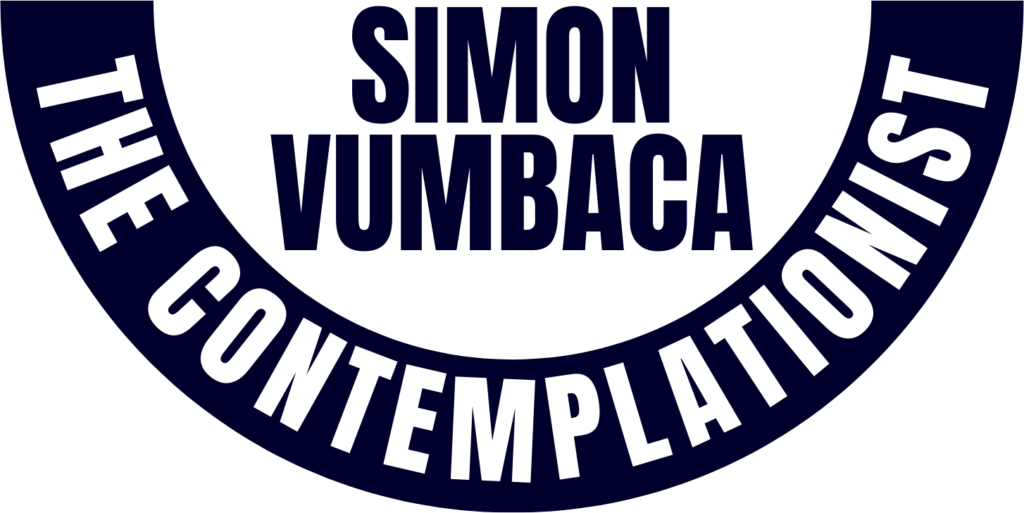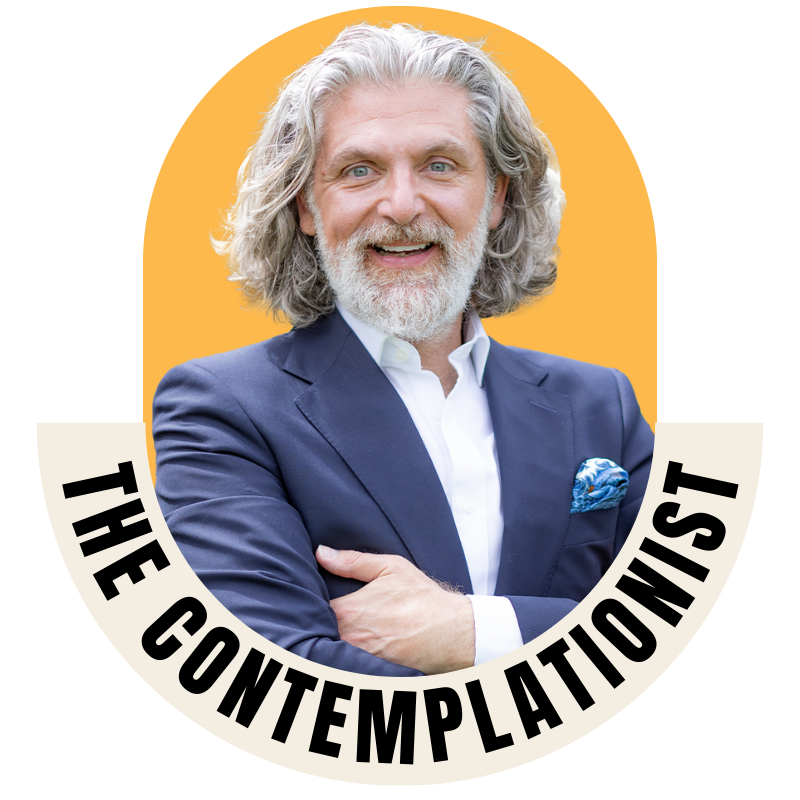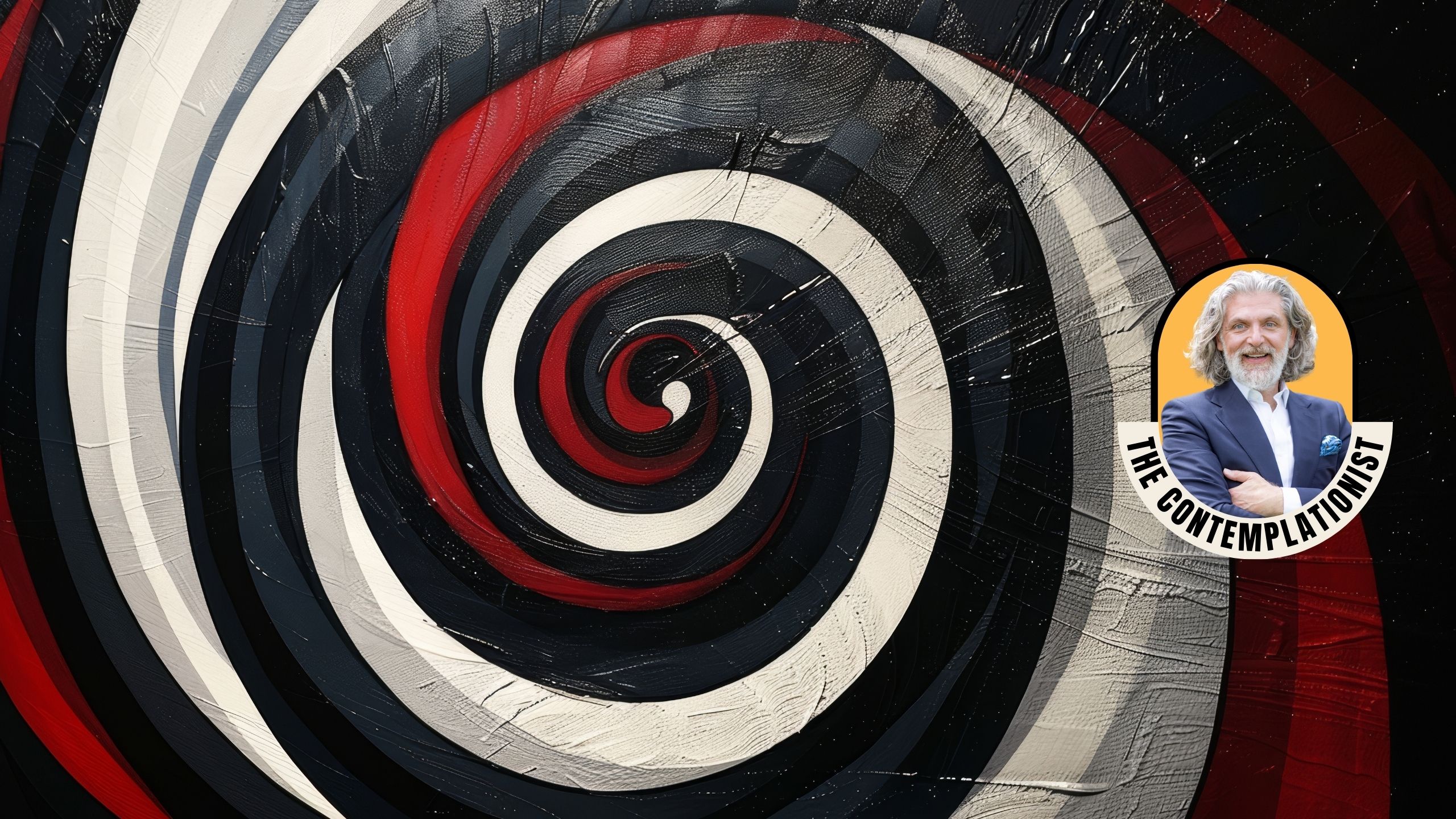Good planning is essential to success. Like many others, I am a great believer that preparing for all eventualities, every angle, and possible outcome is the way to have a fighting chance for a great strategy to succeed. It doesn’t matter in what walk of life or business the strategy is for. Failing to prepare is preparing to fail, and all that jazz.
In recent years, however, the higher the stakes and the better the strategies developed, it has become clear to me that the risk of volatility resides with the implementation of the strategy defined. That is the human component. As a Contemplationist, I had to investigate further.
In a sense, strategies exist in a vacuum of abstract thoughts, and the reality for the highest performers, at any level, is that they are humans, not operating in a vacuum.
Probably, that is part of the appeal that AI and other systems models have on our collective imagination. But we, the human component of strategy, for as well-trained and experienced as we believe ourselves to be, are still the most likely cause of the different outcomes of a strategy.
What really separates the top 3 athletes of any sport is rarely technique. Yes, of course, cataclysmic unexpected things may happen to derail the strategy. We should simply stop the strategy and suspend it until things are ready to be restarted. Rarely does that happen, though. Our tunnel vision to achieve what we start, with a pinch of comfort from the wellness of the strategy, means we do not stop. This is a tunnel vision effect.
In a recent article published by the Journal of Neuroscience, it was stated that “Attention is the mechanism by which we orient our perception of the visual world, enabling us to efficiently parse and process complex scenes. For example, the sudden onset of a stimulus not only draws focus to a point in space reflected in improved detection of stimuli, but also increases acuity and contrast sensitivity in nearby locations (Cameron et al., 2002; Golla et al., 2004). Importantly, this enhancement extends across the visual field along a two-dimensional gradient (Mangun and Hillyard, 1988), facilitating the processing of some stimuli over others, in effect organizing the contents of visual perception (Kravitz and Behrmann, 2011).”
What this means to us non-neuroscientists, pardon my vulgarization of the concept, is that when we are focused, we have what is commonly known as tunnel vision, and our peripheral vision reacts to events rather than precedes them. When we should stop, we stay focused and continue. In practical terms, this is one of the reasons a common tactic used when one is losing control in a sport or business matter is distraction. In essence, we statistically are the likely reason a well-crafted strategy turns into tragedy, and what should have been, well, is no more.
That is when all efforts turn to salvaging a situation, a deal becomes unsavoury, and the power of “no” is often overlooked.
In a 2015 article published in Frontiers in Behavioral Neuroscience, it was stated that “Pressure raises self-consciousness and anxiety about performing correctly, which increases the attention paid to skill processes and their step-by-step control. For skills that are well-learned and proceduralized, attention to task execution at the step-by-step level disrupts the automated functioning of such skills. Thus, performers may regress to the erratic and inefficient style of execution at the beginner level. For example, research has shown that expert golfers performed putts better when their attention was drawn away from execution via secondary task demands or when emphasizing putting speed (Beilock et al., 2004a). Choking was diminished by self-consciousness training, which deals with situations that raise self-awareness and self-focusing (Beilock and Carr, 2001).”
Therefore, if tunnel vision exists in any given situation and it is disrupted, the human applying the strategy is likely to regress to the erratic and inefficient style of execution at the beginner level, thus turning strategy into tragedy.
How to avoid it? Well, as soon as things start changing, let’s apply the good old time-based approach of slowing down and suspending decisions until we have had time to reassess.
This should get rid of all reactive aspects of the response and keep the strategy on track, safely away from jibing into a tragedy!






